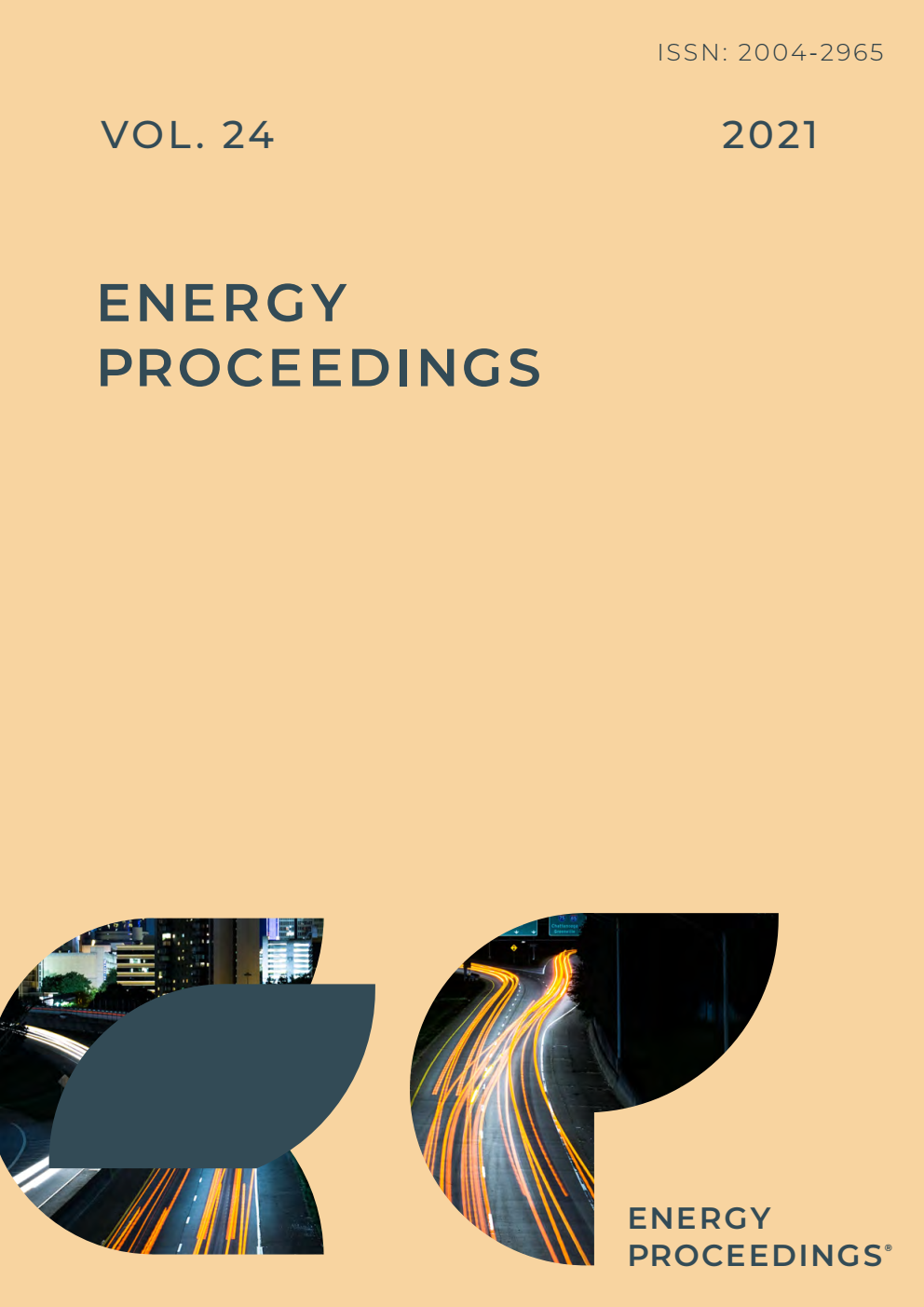
Volume 24: Sustainable Energy Solutions for a Post-COVID Recovery towards a Better Future: Part VII
ISSN 2004-2965
Modeling a multi-stream heat exchanger for CO2 condensation
Song Qin, Xueqiang Li, Hailong Li, Shengchun Liu
Download PDF
Article Preview
Numerical Analysis and Comparison of Thermal Performance of a New Homogeneous Parabolic Trough Solar Receiver
Peijing Li, Taixiu Liu, Qibin Liu
Download PDF
Article Preview
Multi-Objective Energy System Modeling of the Rhenish Mining Area Minimizing Costs and Environmental Impacts
Sophie Pathe, Valentin Bertsch
Download PDF
Article Preview
Feasibility of energy generation with biogas at the household level: assessing the impact of anaerobic co-digestion of waste activated sludge and food waste taking a Water-Energy-Food (WEF) Nexus approach
Gabriel Hernandez-Robles, Daphne Gondhalekar
Download PDF
Article Preview
An Optical-Thermal Coupled Model for Performance Analysis of a Molten-Salt Solar Power Tower
Yu Qiu, Yuanting Zhang, Ya-Ling He, Jikang Wang, Xiao-Yue Li, Qing Li
Download PDF
Article Preview
Fractionated digestive juices of Nepenthes mirabilis for reducible sugar production and phenolic compound’s reduction from mixed agrowaste pretreatment
Angadam JO, Ntwampe SKO, Chidi BC, Lim J-W, Okudoh VI, Hewitt PL
Download PDF
Article Preview
Research on Neuro-Adaptive Fault-Tolerant Control method for Large Floating Wind Turbine
Lei Wang, Fangjun Jin, Yang Gao, Xin Du, Zhihong Zhang, Zhiliang Xu, Jiongming Yang
Download PDF
Article Preview
Towards Self-Powered Wearables via Wrist-Worn Energy Harvesters
Mingjing Cai, Wei-Hsin Liao
Download PDF
Article Preview
Are Energy Efficiency Improvements Always the Most Cost-Effective Investments?
Ralph Luken, Anita Susani, Abu Saieed, Oliver Charles
Download PDF
Article Preview
A Comprehensive Data-driven Fault Diagnosis Method for Electric Vehicles
Xiang Zhang, Zekun Zhang, Zhiqiang Wu, Zhaosheng Zhang, Ni Lin
Download PDF
Article Preview

Copyright ©
Energy Proceedings

